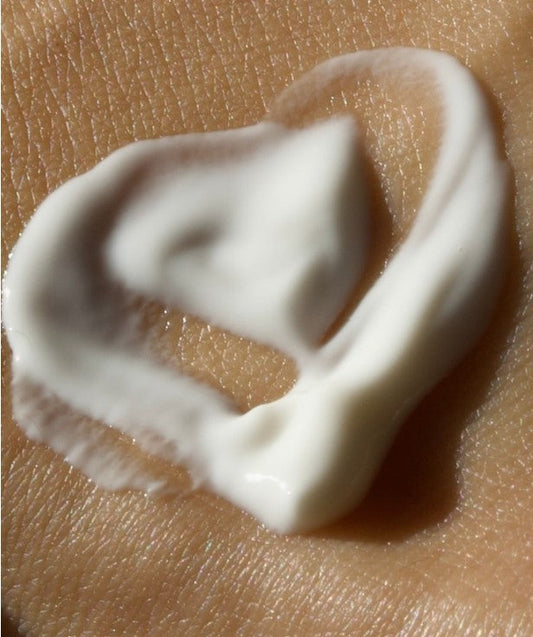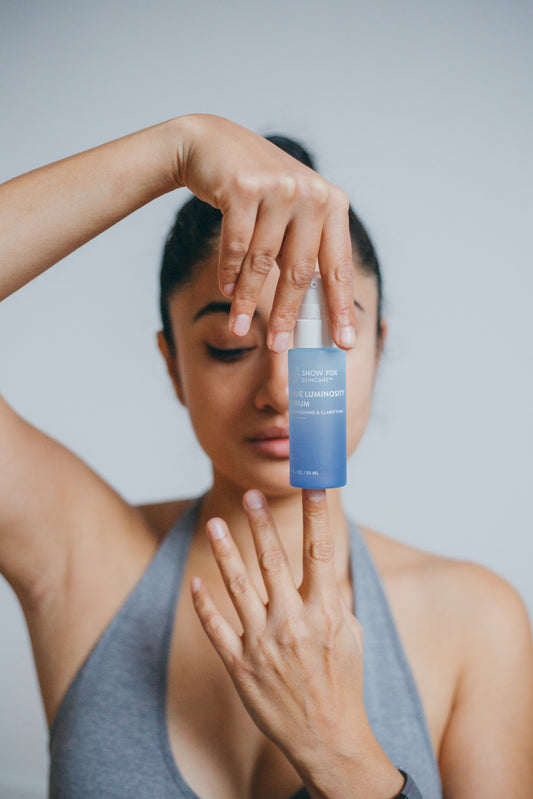The Science Behind Potassium Azeloyl Diglycinate
Potassium Azeloyl Diglycinate (PAD) is a powerful skincare ingredient that has gained popularity for its healing properties. It is a derivative of azelaic acid, which is known for its ability to brighten the skin and reduce hyperpigmentation. PAD takes these benefits a step further by providing additional healing effects.
The science behind PAD lies in its molecular structure. It consists of two glycine molecules attached to a potassium azeloyl group. This unique structure allows PAD to penetrate deep into the skin and deliver its healing properties effectively.
Once absorbed into the skin, PAD has multiple mechanisms of action. It helps to regulate the production of sebum, the skin's natural oil, making it an excellent ingredient for those with oily or acne-prone skin. By reducing sebum production, PAD helps to prevent clogged pores and the formation of acne.
Furthermore, PAD has anti-inflammatory properties that help soothe irritated and inflamed skin. It can calm redness and reduce the appearance of blemishes. Additionally, PAD has antioxidant effects, which protect the skin from free radicals and environmental damage.
Overall, the science behind Potassium Azeloyl Diglycinate showcases its ability to heal and improve the skin's overall health. Its unique structure and multiple mechanisms of action make it a powerful ingredient in skincare products.
Benefits of PAD in Skin Care
Potassium Azeloyl Diglycinate offers a range of benefits for the skin, making it a valuable ingredient in skincare products. Some of the key benefits of PAD include:
-
Brightening the skin: PAD helps to reduce hyperpigmentation and even out the skin tone, resulting in a brighter and more radiant complexion.
-
Regulating sebum production: For those with oily or acne-prone skin, PAD can help control excess oil production, preventing clogged pores and breakouts.
-
Soothing inflammation: PAD has anti-inflammatory properties that can calm redness, irritation, and inflammation, providing relief for sensitive and reactive skin.
-
Protecting against free radicals: The antioxidant effects of PAD help to protect the skin from environmental damage and premature aging caused by free radicals.
-
Improving overall skin health: By addressing various skin concerns such as hyperpigmentation, acne, and inflammation, PAD contributes to improved overall skin health and appearance.
These benefits make Potassium Azeloyl Diglycinate a valuable addition to any skincare routine, especially for those looking to achieve a brighter, clearer, and healthier complexion.
Comparing PAD with Other Skincare Ingredients
When comparing Potassium Azeloyl Diglycinate with other skincare ingredients, it stands out for its unique combination of healing properties and effectiveness. Here are some key points of comparison:
-
Azelaic Acid: PAD is a derivative of azelaic acid and offers similar benefits, such as brightening the skin and reducing hyperpigmentation. However, PAD has a gentler and more tolerable formula, making it suitable for sensitive skin.
-
Salicylic Acid: While both PAD and salicylic acid help regulate sebum production and prevent breakouts, salicylic acid can be more drying and irritating to the skin. PAD provides the same benefits without the potential side effects.
-
Vitamin C: Like vitamin C, PAD has brightening effects on the skin. However, PAD is more stable and less prone to oxidation, ensuring its effectiveness for a longer period.
By comparing PAD with other skincare ingredients, it becomes clear that it offers unique advantages that make it a standout choice for addressing various skin concerns.
How to Integrate PAD Products into Your Skincare Routine
Integrating Potassium Azeloyl Diglycinate (PAD) products into your skincare routine is simple and can provide significant benefits for your skin. Here are some steps to follow:
-
Cleanse your face: Start by cleansing your face with a gentle cleanser to remove any dirt, oil, or makeup.
-
Apply PAD serum or moisturizer: After cleansing, apply a serum or moisturizer containing PAD to your face and neck. Gently massage it into your skin using upward motions.
-
Follow with sunscreen: Since PAD can make your skin more sensitive to the sun, it's important to apply sunscreen with at least SPF 30 as the final step of your morning skincare routine.
-
Use PAD products consistently: To see the best results, use PAD products consistently as part of your daily skincare routine. Incorporate them both in your morning and evening routines for optimal effectiveness.
By following these steps and integrating PAD products into your skincare routine, you can enjoy the healing and transformative effects of Potassium Azeloyl Diglycinate.
Real User Experiences: Before and After PAD
Real users have experienced remarkable transformations in their skin health after incorporating Potassium Azeloyl Diglycinate (PAD) into their skincare routines. Here are some before and after stories:
-
Olivia's story: Olivia struggled with hyperpigmentation and uneven skin tone. After using a PAD serum for several weeks, she noticed a significant improvement in the brightness and evenness of her complexion. Her skin appeared more radiant, and the hyperpigmentation had visibly reduced.
-
Drakes's story: Drake had oily and acne-prone skin, which often led to frequent breakouts. Since using a PAD moisturizer, he has noticed a significant reduction in the number and severity of breakouts. His skin feels less oily, and the appearance of his pores has reduced.
-
Rebecca's story: Rebecca had sensitive skin that was prone to redness and inflammation. After incorporating a PAD-infused toner into her routine, she noticed a soothing effect on her skin. The redness reduced, and her skin felt calmer and more balanced.
These real user experiences highlight the transformative power of Potassium Azeloyl Diglycinate and its ability to address various skin concerns effectively.

Dr Anna Sheppard
IG: @dr.annasheppard






